How to Grow Your Own Organic Vegetables at Home? 9 Useful Tips to Follow!
Published on July 26, 2025
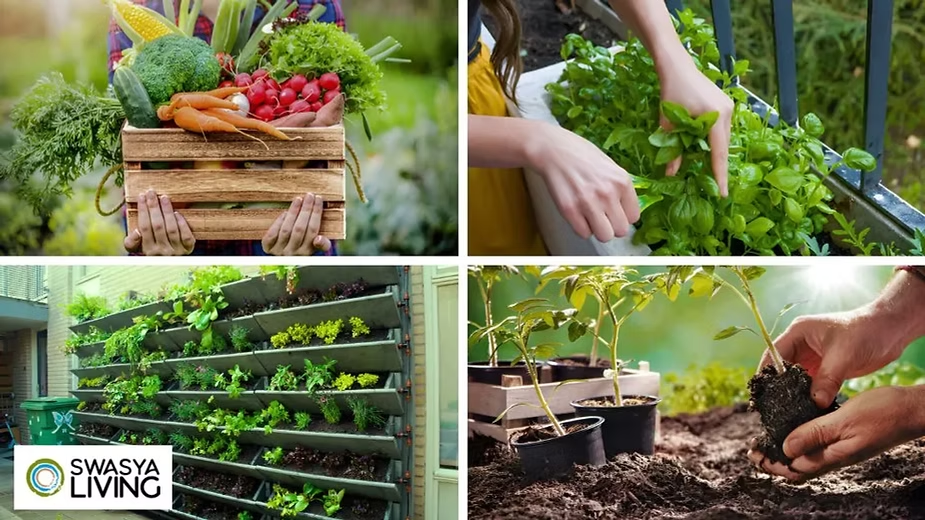
Growing your own organic vegetables at home is more than just a hobby—it’s a way to bring fresh, healthy, and chemical-free produce right to your kitchen. With concerns about pesticide residues and food quality on the rise, many people are turning to home gardening to take control of what they eat. Creating an organic vegetable garden allows you to cultivate nutrient-rich vegetables while reducing your carbon footprint and minimising waste.
Whether you have a spacious backyard or a small balcony, it’s possible to grow a variety of vegetables with just a bit of planning and effort. By understanding the basics of soil preparation, organic pest control, and sustainable watering practices, you can create a thriving garden that yields fresh organic vegetables throughout the year.
In this guide, we’ll explore everything from choosing the right spot for your plants to effective ways of nurturing your garden naturally. Let’s dive into how to grow organic vegetables and create a productive garden at home.
1. Choose the Right Space for Your Organic Vegetable Garden
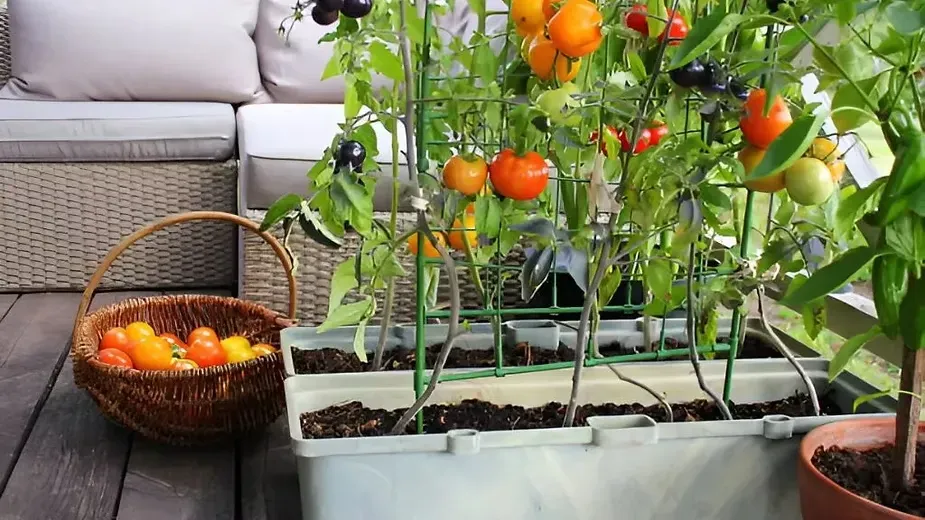
When planning an organic vegetable garden, selecting the right spot is critical. Vegetables thrive with a minimum of six to eight hours of sunlight daily, so pick a location that receives ample sunlight. Avoid areas with excess shade or where water tends to stagnate. Good drainage is essential, as waterlogged soil can lead to root diseases and stunted growth.
For apartment dwellers or those with limited space, container gardening can be a fantastic solution. You can grow organic vegetables in pots, recycled buckets, or hanging baskets, provided they receive adequate sunlight and water.
2. Preparing the Soil Naturally
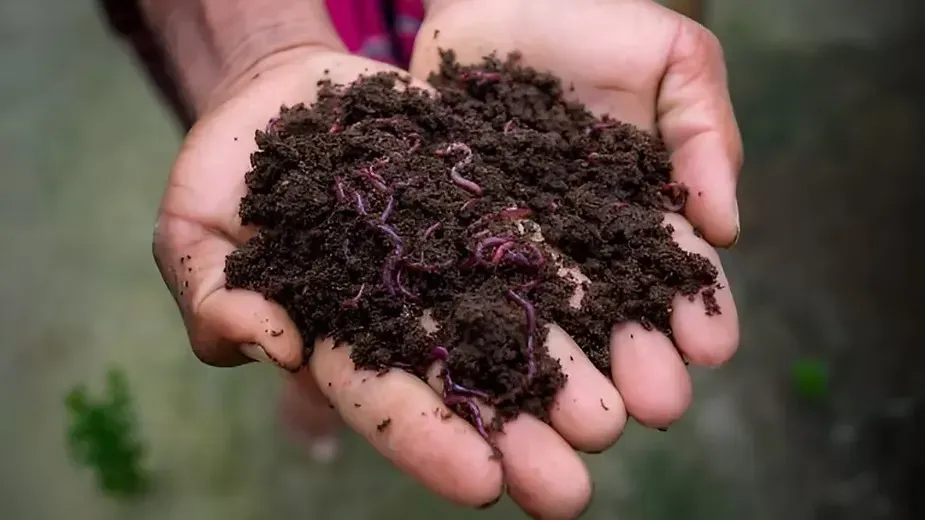
Healthy soil is the foundation of an organic garden. Organic vegetables rely heavily on nutrient-rich soil free from synthetic chemicals. To enrich your soil, start by testing its pH – vegetables generally prefer a pH of 6 to 7. Soil test kits are affordable and can provide you with insights into what your soil might be lacking.
Amend the soil with natural compost or well-rotted manure, both of which improve soil structure, retain moisture, and add essential nutrients. You can even create compost at home by recycling kitchen scraps like fruit peels, vegetable trimmings, and coffee grounds. Adding vermicompost (worm compost) can also boost the soil's nutrient profile, enhancing your organic vegetable garden’s productivity.
3. Selecting the Best Organic Vegetable Varieties
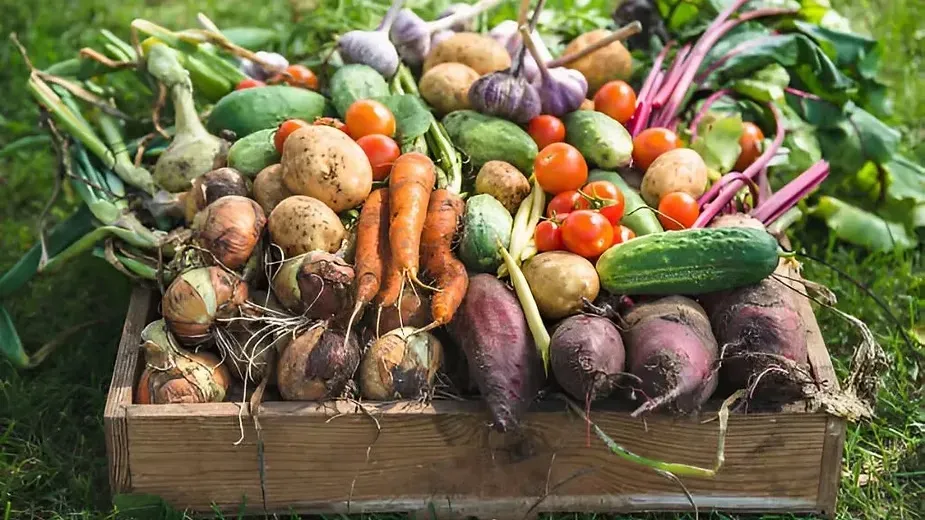
Choosing the right vegetables to grow depends on your local climate, available space, and personal preferences. Here are a few popular options for beginners in India:
Leafy Greens: Spinach, amaranth, and lettuce are quick to grow and thrive in various climates.
Tomatoes and Peppers: These vegetables need ample sunlight and warm temperatures, making them ideal for the Indian summer.
Root Vegetables: Carrots, radishes, and beets are excellent choices for cooler months.
Whenever possible, opt for heirloom or organic seeds, as these varieties are non-GMO and preserve the natural characteristics of plants. Online nurseries, local organic seed stores, and farmers' markets are great places to find quality seeds.
4. Planting Organic Vegetables with Proper Techniques
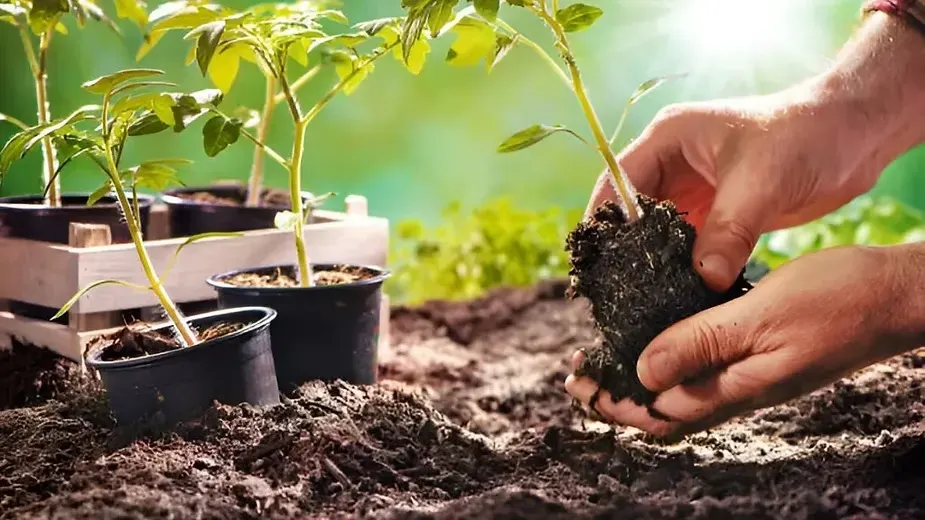
Planting organic vegetables at the right time and depth is essential for their growth. Follow these guidelines to give your seeds a strong start:
Timing: Different vegetables have distinct growing seasons. Refer to a planting calendar for your region to know when to plant specific vegetables.
Spacing: Crowded plants compete for sunlight, nutrients, and water, so ensure each vegetable has enough room to grow.
Planting Depth: Seed packets typically provide information about the recommended planting depth. Following these instructions will help seeds germinate correctly.
When planting in containers, choose ones with drainage holes to prevent waterlogging. Use organic potting soil rich in nutrients to give container plants a healthy start.
5. Natural Pest Management Techniques
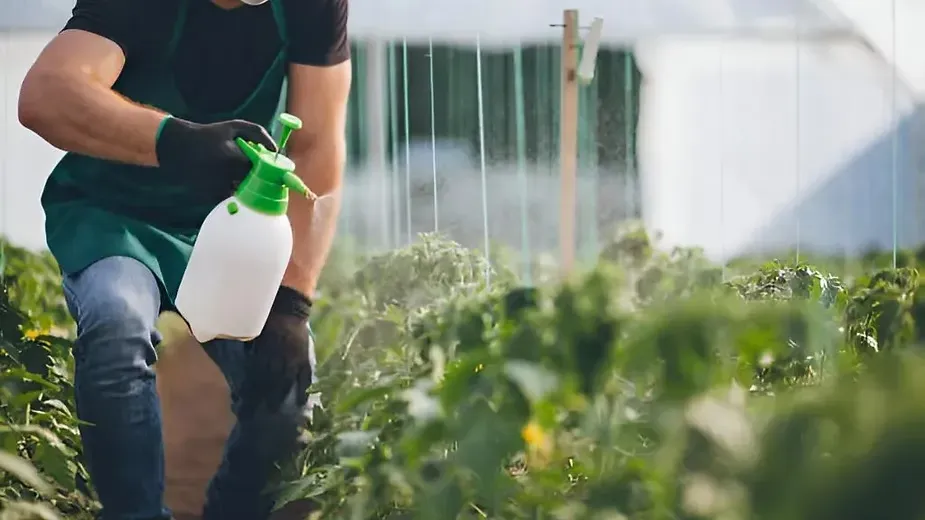
An organic vegetable garden requires an eco-friendly approach to pest control. Chemical pesticides may provide quick results but can be harmful to both plants and humans. Instead, try these natural pest management techniques:
Companion Planting: Some plants naturally deter pests when planted together. For instance, planting marigolds with tomatoes can repel harmful insects.
Neem Oil: Neem oil, diluted and sprayed, acts as a natural pesticide against common pests like aphids and spider mites.
Encourage Beneficial Insects: Ladybugs, spiders, and wasps are natural predators of harmful garden pests. Providing small flowers like alyssum or yarrow attracts these helpful insects.
Additionally, regularly check your plants for pests and diseases. Early detection can prevent minor issues from turning into full-blown infestations.
6. Watering Wisely and Conserving Resources
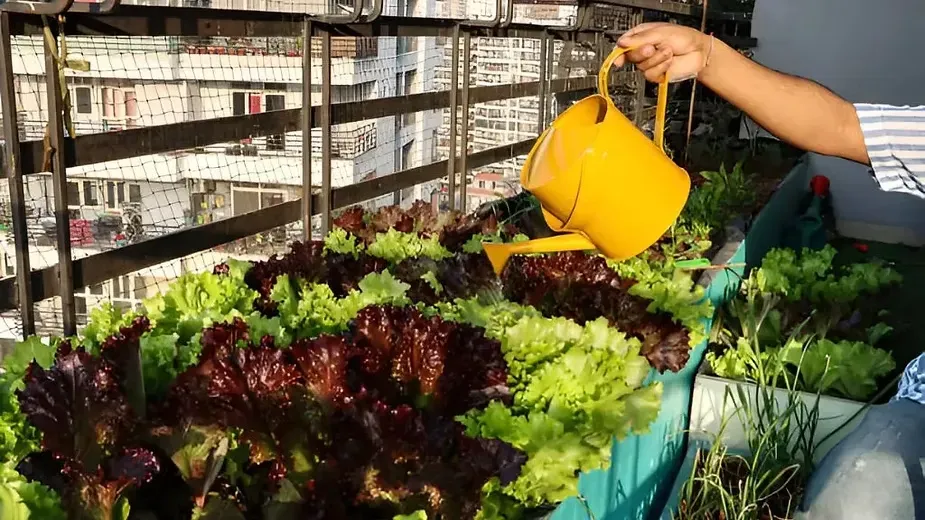
While water is crucial for growth, excessive watering can harm your organic vegetables. Water your garden in the early morning or late afternoon to reduce evaporation. Drip irrigation or soaker hoses are excellent options for a more controlled water supply, helping conserve water.
Mulching around the base of plants is also beneficial, as it retains moisture, prevents weeds, and keeps soil temperature stable. Organic mulch materials like straw, leaves, or grass clippings will gradually decompose, adding nutrients to the soil.
7. Fertilising and Maintaining Soil Health Naturally

Fertilisers play an important role in organic gardening, but it’s essential to stick to natural options. Organic vegetable plants benefit from slow-release fertilisers like bone meal, blood meal, and fish emulsion. These add necessary nutrients without the risk of chemical contamination.
Rotating crops each season is another effective way to maintain soil health. For instance, avoid planting tomatoes in the same spot every year. Crop rotation helps prevent soil depletion and controls soil-borne diseases.
8. Harvesting Organic Vegetables
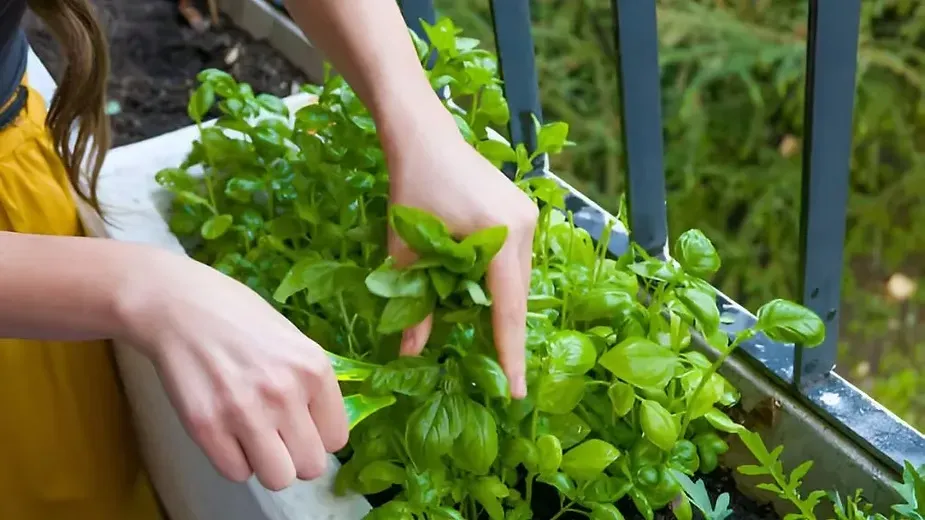
Harvesting time varies depending on the vegetable. Leafy greens, for instance, can be harvested as needed by snipping a few leaves. Root vegetables, however, should be pulled out when they reach the right size. Remember, regular harvesting encourages more growth and ensures a continuous supply of fresh produce.
9. Embrace Sustainable Gardening Practices
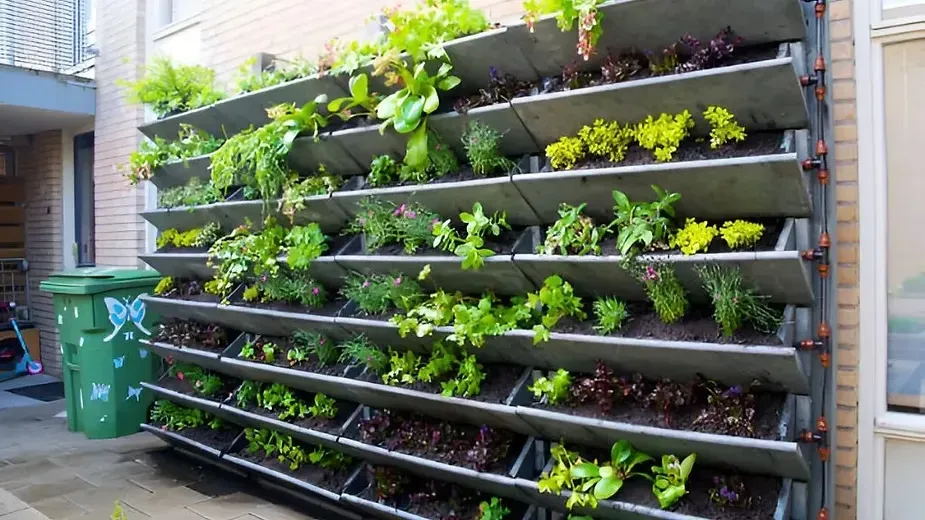
For a truly organic experience, embrace sustainable practices in your gardening routine:
Composting: Recycle kitchen waste to create a rich compost for your garden.
Avoid Plastic: Use clay pots or biodegradable containers instead of plastic ones.
Rainwater Harvesting: Collect rainwater to use on your plants, reducing your reliance on municipal water sources.
Final Thoughts
Learning how to grow organic vegetables at home not only enhances your diet but contributes to environmental well-being. It offers a chance to reconnect with nature, improve your health, and contribute to a more sustainable lifestyle. By focusing on natural soil enrichment, choosing the right vegetables for your space, and using eco-friendly pest management, you can build a garden that produces nutritious, chemical-free vegetables year-round.
Organic gardening may seem challenging at first, but with patience and care, it becomes an enjoyable and fulfilling part of daily life. Not only will you reduce your dependence on store-bought vegetables, but you’ll also have the pleasure of harvesting your own food. Embrace this journey towards self-sufficiency and sustainability, and watch your efforts bloom into a garden full of fresh and healthy vegetables, enriching both your meals and your environment.
